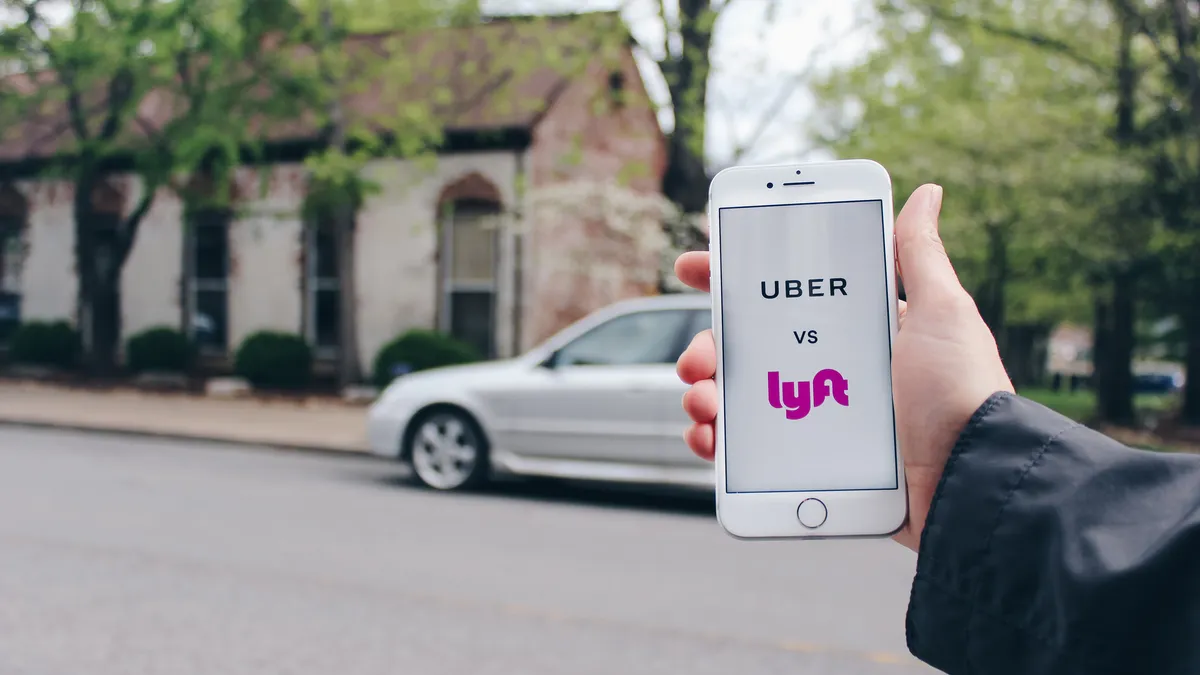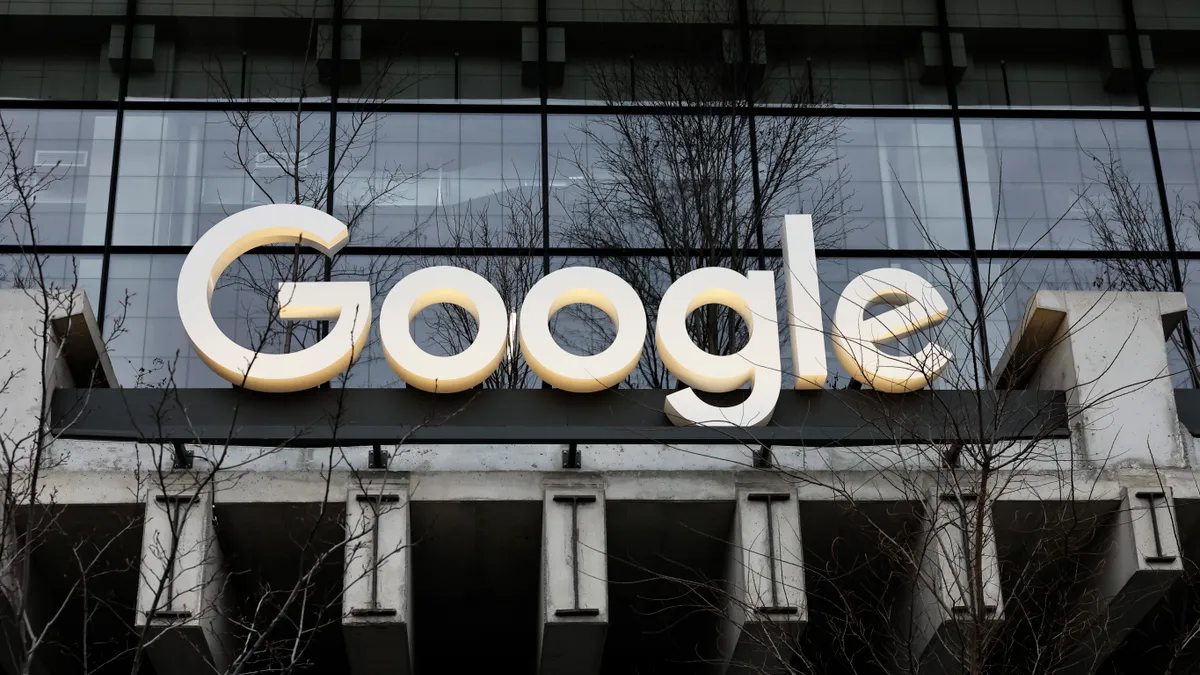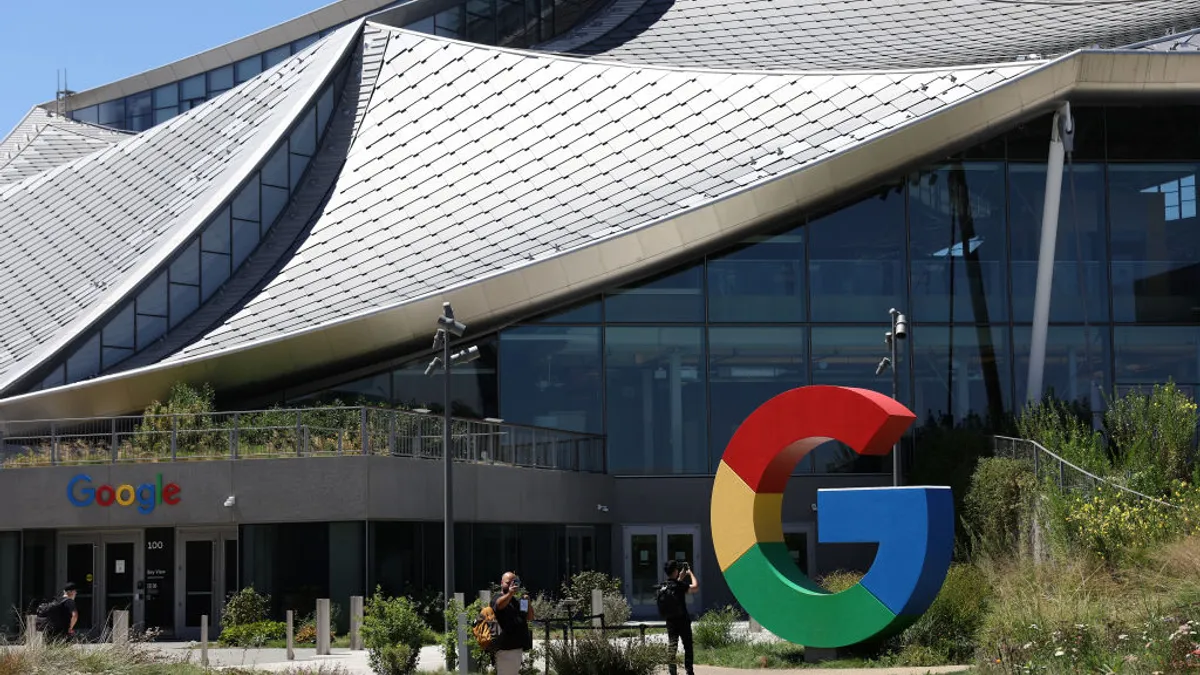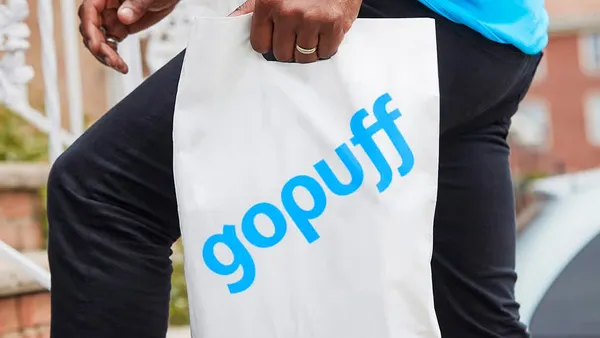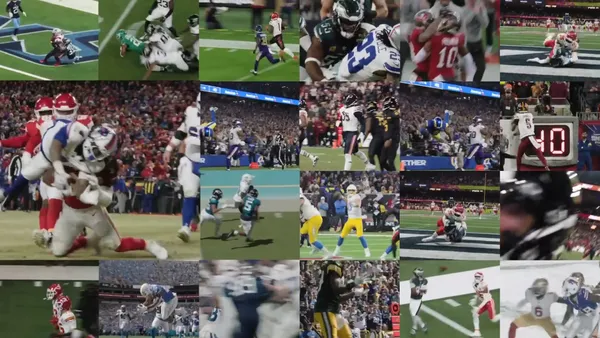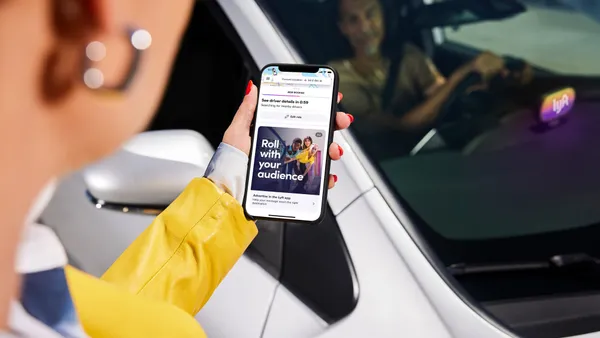The following is a guest post from Patrick Reynolds, CMO at SessionM.
Since Uber launched in 2010 and then Lyft in 2012, both have challenged the very traditional car-for-hire system. And clearly appealing to today's on-demand consumer, both have seen huge commercial success and mass adoption despite some employee relations challenges.
While Uber currently enjoys more market share than Lyft — the company hauled in $11.3 billion in revenue in 2018, up 43% from the previous year but shy of the 61% growth in 2017 — Lyft was expected to generate revenues of $1.5 billion in 2018. The two companies are also much more similar than different, and, in fact, a large number of contract drivers work for both, adding to many consumers' sense of interchangeability. Seemingly arm in arm down the same path, both companies recently announced new loyalty programs they're rolling out around the same time. Details on both programs are still developing, but their construct could determine the balance of power between the two.
And with this recent loyalty program news, here are a few thoughts from a customer of both:
Commit to your challenger mindset
Both companies were founded to take on the establishment. Keep traveling down that road. Don't get caught up in the traffic of traditional loyalty programs. Of course, the "more you buy" (ride) the "more you save" (credits) will be a component. But if it's all about a published loyalty program with straight math, I'll be disappointed.
Discounts are great, but for many people, especially younger generations, both companies represent more than rides or ride-sharing. They represent liberty and freedom from having to own a car with all the ancillary risks and costs. Cars are expensive to own, operate and insure. They are a logistical nightmare in parking-constrained city neighborhoods. And at a higher level, cars are also a risk and temptation younger people increasingly don't want, with their comprehension of the risks of impaired driving prior generations did not fully grasp. In this respect, let's hope the parents follow the children.
So it's more than getting from A to B when it comes to ride-sharing app's rise to power. That's the functional benefit. Emotionally, it's more about getting there on your terms and the freedom to go where you want and do what you want without putting yourself or anyone else at risk. Uber and Lyft's loyalty programs should also inspire that kind of spirit. If they do, additional rides and ridership will follow.
Spotify scratches a similar itch. It allows people to listen to what they want, when they want, in ways radio does not. Is there a tie-in? Netflix caters to the same audience with the same general proposition.
So maybe in addition to spend $100 get $10 back in credits, these industry disruptors should consider offering a month of Spotify Premium for free, an upgrade to Netflix HD, a co-promotion around every mile cycled on your Peloton generating X dollars off an Uber ride. These lifestyle benefits for loyalty members can also be published or unpublished. That way, if there's limited inventory, they can be toggled on and off as the business terms dictate.
Everything can't be functional. That will just lead consumers to play Uber off of Lyft and vice versa. Nobody wins. Whoever wins the "surprise and delight" factor will likely tip the balance of share of mind in their favor the next time a mutual customer has somewhere to go. That's what every successful loyalty program does. It doesn't reward existing behavior — or discount it — so much as it incentivizes incremental behavior.
That's where the road turns to gold.


